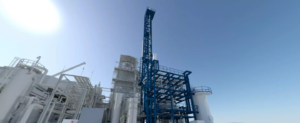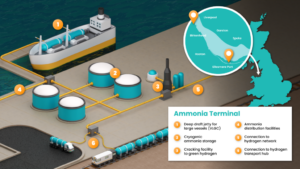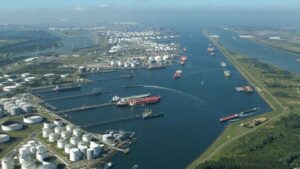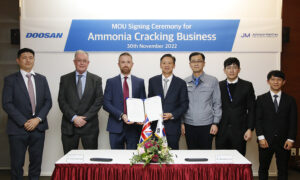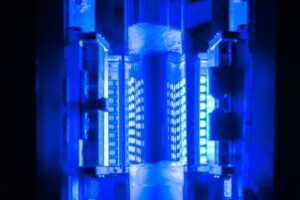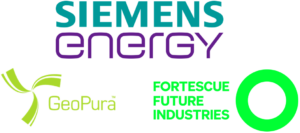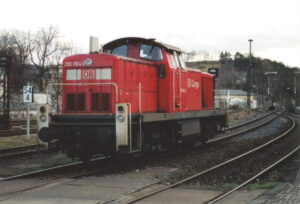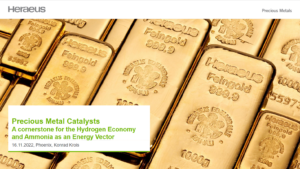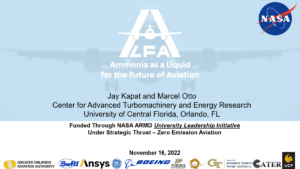Ammonia cracking technologies gather traction across Europe
In cracking technology updates this week:
- Air Liquide’s industrial-scale, ammonia cracking pilot plant at the Port of Antwerp is expected to be operational in 2024.
- In the UK, AFC Energy has announced a new cracking technology platform.
- Aramco and Linde Engineering have plans to develop their own ammonia cracking technology based on a new catalyst, with a demonstration plant in northern Germany to follow.
- And Fraunhofer IMM researchers have developed the compact AMMONPAKTOR cracking reactor system, which will be utilised to feed PEM fuel cells.
